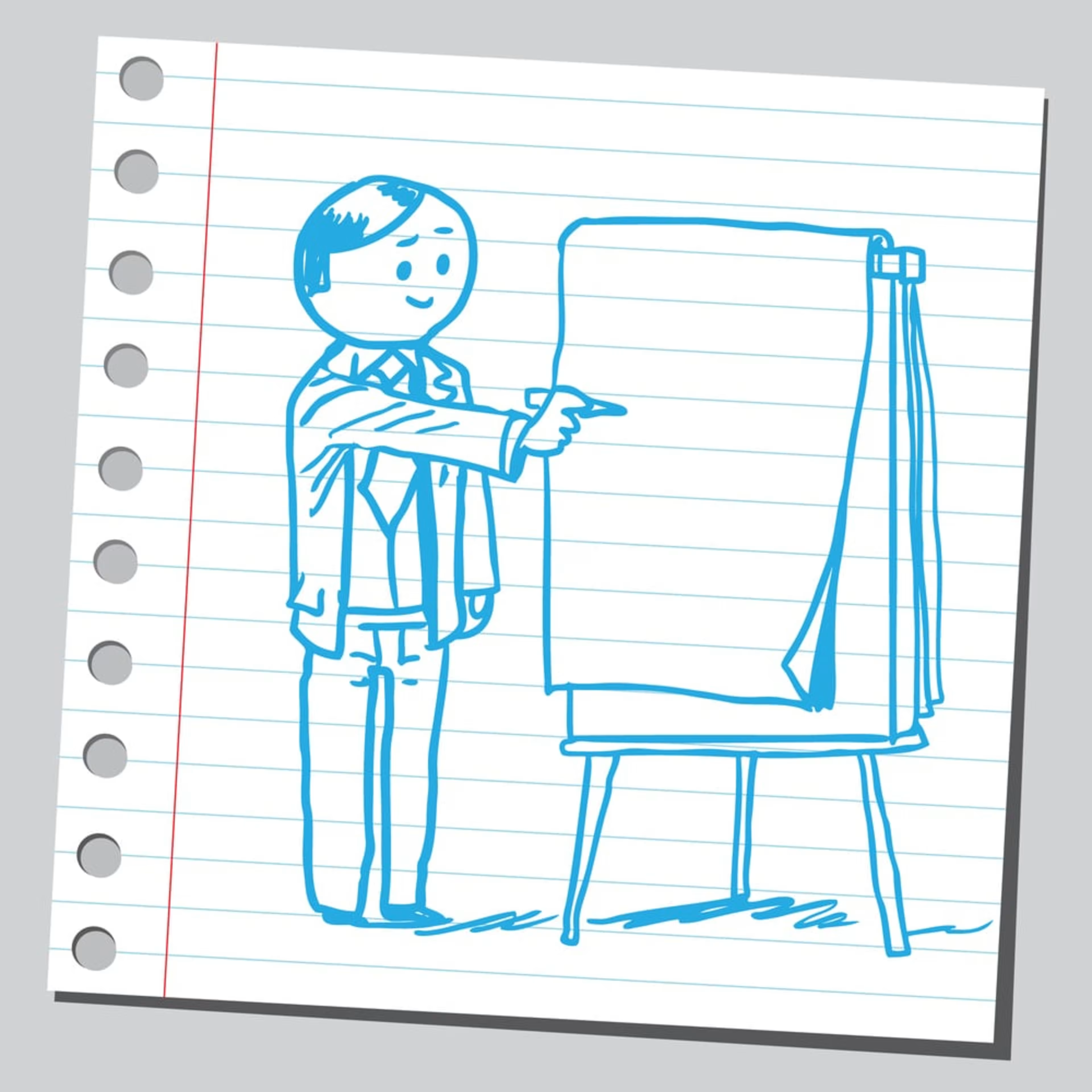If you are familiar with the eLearning world, then you’ve most likely heard the terms “Flipped Classroom” and “Flipped Learning” somewhere before.
In fact, it is a common misconception that the two terms are the same.
However, they’re not actually synonyms.
So, what’s the difference?

Flipped Classroom
A Flipped Classroom is “a form of blended learning in which students learn content online by watching video lectures, usually at home, and homework is done in class with teachers and students discussing and solving questions. Teacher interaction with students is more personalized - with guidance instead of lecturing.”
The Flipped Classroom is growing in popularity and has the statistics to back it up:
In 2012, 48% of teachers flipped at least one lesson - in 2014 it grew to 78%.
9 out of 10 teachers noticed a positive change in student engagement since flipping their classroom (up 80% from 2012).
71% of teachers indicated that student grades have improved since implementing a Flipped Classroom strategy.
Remember, when you flip your classroom not every subject needs to be in this form of learning. Begin with one or two lessons and evaluate the results as you go.
Flipped Learning
Flipped Learning is “a pedagogical approach in which direct instruction moves from the group learning space to the individual learning space, and the resulting group space is transformed into a dynamic, interactive learning environment where the educator guides students as they apply concepts and engage creatively in the subject matter.”
While often defined as “school work at home and home work at school,” Flipped Learning is an approach that allows teachers to implement methodologies in their classrooms. Many teachers may already flip their classrooms, but to implement Flipped Learning, the four pillars must be incorporated into the classroom.
The Four Pillars of F-L-I-P
Flexible Environment:
Establish spaces and time frames that permit students to interact and reflect on their learning as needed.
Continually observe and monitor students to make adjustments as appropriate.
Provide students with different ways to learn content and demonstrate mastery.
Learning Culture:
Give students opportunities to engage in meaningful activities without the teacher being central.
Scaffold these activities and make them accessible to all students through differentiation and feedback.
Intentional Content:
Prioritize concepts used in direct instruction for learners to access on their own.
Create and/or curate relevant content (typically videos) for your students.
Differentiate to make content accessible and relevant to all students.
Professional Educator:
Make yourself available to all students for individual, small-group and class feedback, in real time, as needed.
Conduct ongoing formative assessments during class time through observation and by recording data to inform future instruction.
Collaborate and reflect with other educators and take responsibility for transforming your practice.
After having a quick look at the differences, you might also want to look at this detailed walkthrough video comparison.
Conclusion
Flipped Classroom and Flipped Learning are not interchangeable. Flipping your classroom can (but might not necessarily) lead to Flipped Learning. However, to engage in Flipped Learning, teachers must incorporate the four pillars into their practice.
Have you had experience with flipping your blended learning course? Share your results in the comments!